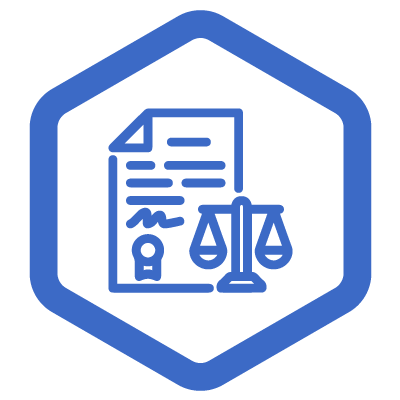TP
Legislation


Legislation of application
Legislation of application
The table below sets out the underpinning legislation that requires the TekPulse proposition, without which non-compliance may arise.
Statute
- Employment Equity Act, Code of Good Practice on the Prevention and Elimination of Harassment at the Workplace
- Employment Equity Act, Barriers Analysis
- Employment Equity Act, EEA 1 and persons with disabilities disclosure
- Employment Equity Act, EE Plan Compliance
- POPI Compliance Checklist and Audit
- AARTO Compliance Checklist and Audit
- Employment Equity Compliance Checklist and Audit
Employment Equity Act, Code of Good Practice on the Prevention and Elimination of Harassment at the Workplace
Scope
The Code defines harassment and its dimensions and requires a proactive approach to addressing it, failing which an employer may be vicariously liable for the acts of its managers and employees.
Specific Provisions
Point 8.1 of the Code provides that employers must take steps to eliminate harassment, including proactice steps that include conducting a Harassment Risk Assessment.
Frequency
Recommended annually
Stakeholder Coverage
Preferably open to all managers and employees.
TekPulse Response
An 18 point questionnaire that covers all the listed forms of harassment in the Code and provides a view of the ranked prevalence and severity of harassment across various filters.
Employment Equity Act, Barriers Analysis
Scope
The Employment Equity Act (EEA), requires that employers, in consultation with their committees, conduct a Barriers Analysis in respect of the employment lifecycle.
Specific Provisions
Section 19 of the EEA, read along with s16 and s20, requires a mandatory analysis of policies, practices and procedures in order to inform the development and design of affirmative action measures.
Frequency
Annually
Stakeholder Coverage
At least the EE Committee.
TekPulse Response
A 52 point survey across the entire employment lifecycle, from hire to retire and other supporting human resources factors.
Employment Equity Act, EEA 1 and persons with disabilities disclosure
Scope
The Employment Equity Act (EEA) requires the issuing of form EEA1 to all employees to ensure accurate disclosure of race, sex and disability status.
Specific Provisions
Form EEA1 is the basis of allocation of employees to the workforce profile and a key part of this is to determine and validate the disability status of employees who disclose their said status. There are clear provisions in this regard, including in the Technical Assistance Guidelines on Disability.
Frequency
When employees start employment, when employee’s status changes, when definitions such as that of disability, change at law.
Stakeholder Coverage
All employees.
TekPulse Response
A digital EEA form that has a structured questioning approach to determining whether a person had a disability as a defined in the EEA.
Employment Equity Act, EE Plan Compliance
Scope
Employers must comply with the numerical targets when appointing and promoting individuals, unless they can justify not doing so off the back of 7 reasons at law.
Specific Provisions
Sections 19, 20 , 42 and 43 require that designated employers develop and imnplement an EE Plan, which includes numerical targets. If employers are unable to appoint the targeted race, gender and disability profile, there must be evidence in justification of this.
Frequency
Ongoing when making appointment and promotion decisions.
Stakeholder Coverage
All appointments and promotions where designated persons have been targeted and are not likely to be appointed.
TekPulse Response
A questionnaire traversing the requirements to justify non-alignment woth the numerical targets as well as the ability to analyse and upload supporting evidence.
POPI Compliance Checklist and Audit
AARTO Compliance Checklist and Audit
Employment Equity Compliance Checklist and Audit

